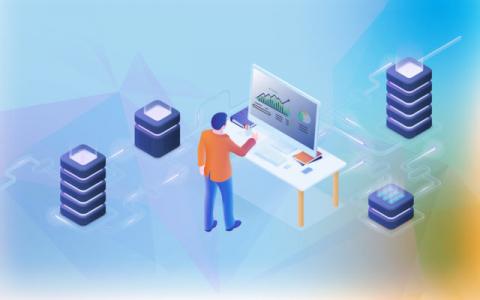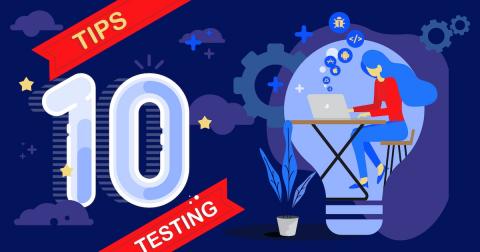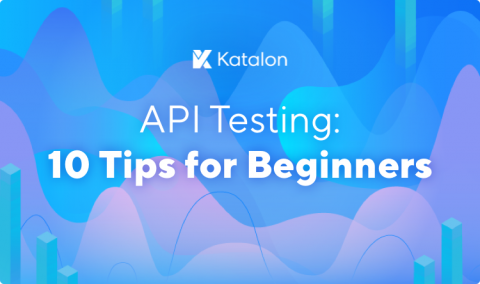4 Ways You Should be Using the Talend tMap Component
At Talend one of my “Shadow IT” jobs is reporting on the component usage. If you have ever used Talend Studio (either the open source Talend Open Studio or the commercial version you most likely know the component tMap. It is the most used component by a long shot. Why? Simply put, it’s because it is extremely versatile and useful. When I was first asked to write this article I thought, “Why not, this will be easy.”








